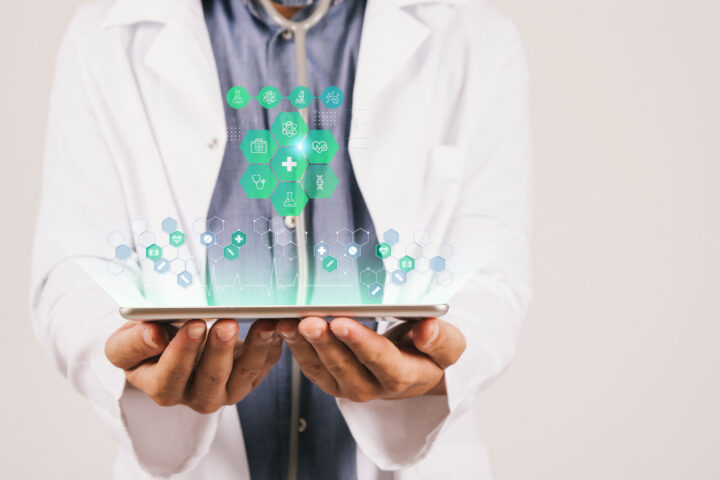During previous typhoons in the Philippines, particularly typhoon Haiyan (Yolanda), social media made an impact and changed the way we handle disaster and rehabilitation. People searched for unaccounted relatives and friends from all communication channels, including social media. Typhoon updates and relief efforts were posted on social media sites. Comments and issues affecting post typhoon rehabilitation are played over social media sites. The country has a front line seat of what’s s happening before, during and after typhoon partly because of social media. Healthcare, which played a major role in the aftermath, has had a big boost from social media.
There were attempts at geo mapping medical personnel, healthcare institution and evacuation sites using social media tools-maps, tweets etc. Most of the healthcare and relief missions rallied and recruited volunteers from social media campaigns. The much needed medical supplies and support personnel somehow got bolstered by calls from social media sites. There was a frenzy of healthcare related activities and medical mission on social media. Seemingly random and unorganised, its undeniable social media made a great impact on post typhoon missions and rehabilitation.
Facing another super typhoon at our doorsteps, we enjoined our colleagues globally to help us harness social media as a tool for survival in a typhoon prone healthcare system of the Philippines.
- T1: How can social media help prepare a healthcare system prior to a typhoon?
- T2: Is there a role for social media healthcare during the onslaught of a typhoon?
- T3: How can social media healthcare help rehabilitate a “damaged” community?
We look forward tweet chatting you all on December 6, 2014 around 9:00Pm Manila time as we monitor Typhoon Ruby (Hagupit) during its passage in the Philippines.





